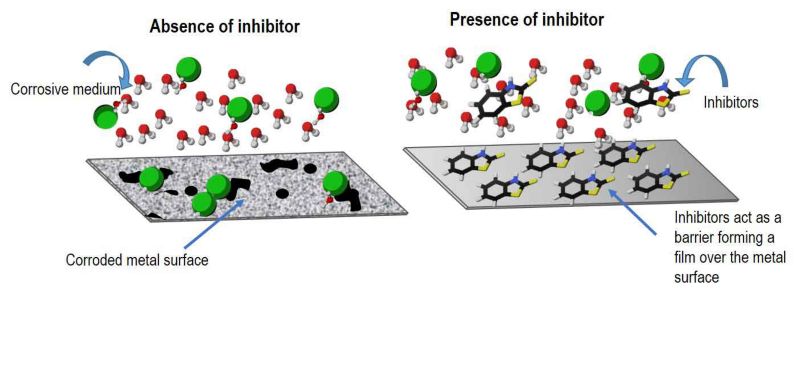Chathumini Samarawickrama - ALUMNUS
Current LinkedIn profile including contact details.
In today's society, corrosion protection of structural aluminium alloys in the aerospace, marine, automotive, and construction industries is of paramount importance. This is commonly achieved via corrosion-inhibiting compounds. However, constraints such as potential health issues associated with exposure to conventional chromate-based corrosion inhibitors has led to the development of low-toxicity corrosion inhibitors for a wide range of industries. Since then, much work has been carried out to evaluate inhibitor performance and their mechanisms of action, but only a few studies have elucidated the precise film-forming characteristics of particular inhibitors. Therefore, this study presents key aspects of the film-forming behaviour of the selected inhibitors and the test methods used to evaluate the inhibitor-induced films in chloride solution. This study also aims to provide significant insights into film tenacity, influence of the molecular structure, and film stability in the absence of inhibitors to provide a deeper understanding of film-forming and film-breakdown mechanisms. This study focusses on two inhibitors known for their high corrosion inhibition efficiency for protection of aluminium AA2024-T3 alloy, namely 2-mercaptobenzothiazole and Na-mercaptopropionic acid. During this work, a wide range of electrochemical methods were utilised in conjunction with various surface analysis methods to understand inhibitor-induced film formation. (For the citations & images behind the above-described work, see my abstract included with the Corrosion and Inhibition subteam’s research.)


This project was conducted in conjunction with BASF Coatings.

Corrosion and Inhibition
Corrosion inhibitors, corrosion of steel pipes in a soil environment, photocatalysts for CO2 hydrogenation, nano-sensing, optical sensing.